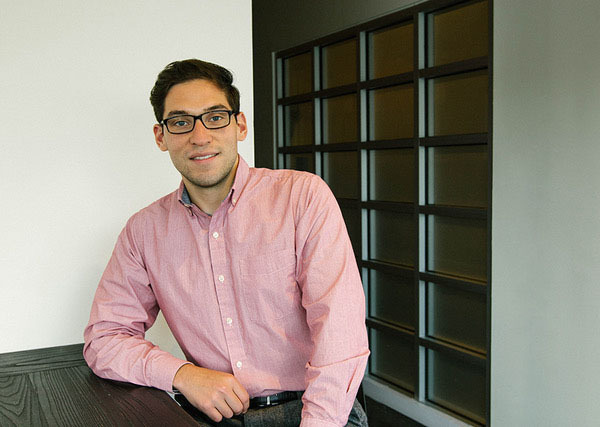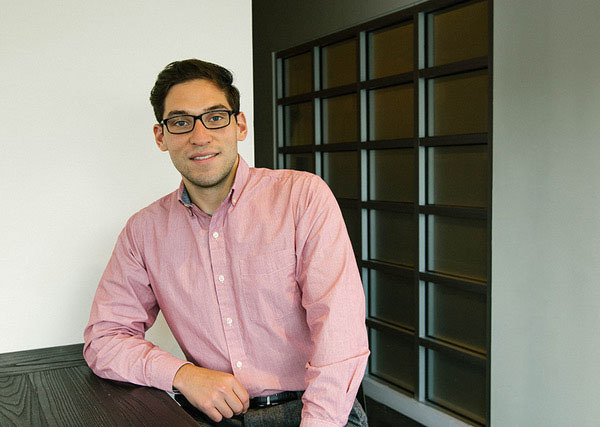
28 Jan Conversations with North Star, Part 1, Collecting Community Insights
How Research-Driven Insights Can Shape Your Community’s Story and Messaging
When embarking on a community branding and marketing initiative, listening to your residents and other stakeholders is one of the primary opportunities to gather meaningful input. However, if you don’t ask the right questions, you won’t get the right answers. Whether you’re building a brand, implementing change or pursuing action within your community, it is important to take the time to listen to residents along with visitors as it will help foster buy-in and inform an accurate and compelling strategy.
From qualitative to quantitative research methods, there are several ways to collect data from a community. Which methods will provide you with the right insights from your community?
 We sat down with Roberto Munoz, Research & Market Insights Director at North Star, to answer common questions and identify best practices to implement when gathering input from your community.
We sat down with Roberto Munoz, Research & Market Insights Director at North Star, to answer common questions and identify best practices to implement when gathering input from your community.
What’s the first step communities should take before launching their research initiative?
Roberto: Outline your goals. More specifically, what are you hoping to accomplish through your community survey or focus group? Are you looking to determine residents’ opinions, attitudes and experiences on a particular issue? Are you using a survey to compare and measure results over a period of time? Outlining the main purpose of your research will guide the creation of questions and formation of the data collection process.
Who should communities choose to survey and how should they do it?
Roberto: The first step is to break down your target community. Are you looking for a wide range of individuals to interview or only a specific audience? Is it important and relevant to your goals to expand your research outside local audiences? Are you looking to target employees at a particular company?
Defining who you want to target will provide more clarity when selecting survey or focus group questions and will also help determine the appropriate sample size. While targeting the right participants is important, you should always aim to ensure inclusion of all members of the community, even those who may not be included in a specific group or target demographic but may still offer insight on the research topic.
How should communities determine what type of survey method they should implement?
Roberto: Once you have determined your ideal participants, you can begin to determine the type of survey methods to implement. The most common methods of gathering insight from communities are surveys, one-on-one interviews and focus groups.
Surveys are the best tool for gathering and analyzing a large quantity of information. Your survey design should guide potential respondents with easy-to-follow instructions and simple questions. As you plan and execute a survey, keep in mind that gathering only some data from the most diverse set of respondents possible will ultimately be more informative than compiling a lot of data from people that come from similar demographics and backgrounds.
Interviews enhance understanding of a subject or fill knowledge gaps through more pointed questions than a survey typically includes. Interviews are most valuable when participants offer extensive expertise and background on the subject at hand. Ideally, you should allow interviewees to share their vast knowledge by guiding them through largely open-ended questions and asking follow-ups that dig deeper into matters that support your research goal.
Focus groups are a great method for gathering input from a large number of people who may not be as versed on the topic at hand as the subject-matter experts you interview in a more intimate setting. The most effective focus groups make participants feel comfortable with sharing their opinions, so it’s up to you to make sure that 1) no participants dominate the session, 2) your questions are relevant to the participants’ knowledge and opinions and 3) discussion within the group is friendly and constructive.
Your goal should be to gain an in-depth understanding of the group’s feelings, opinions, and attitudes towards a topic. The information collected can then be generalized to draw conclusions about your broader audiences.
When choosing one survey method over the other, it is crucial to think back to your research goal to understand which approach will provide the best evidence and inform the right strategy.
When developing content for a survey, interview or focus group discussion guide, what’s most important to remember or consider?
Roberto: You should always consider the background of your community’s residents and visitors – your research’s participants. For example, if you know a large percentage of your community speaks Spanish, then ensure all text, symbols, graphics and pictures can be clearly interpreted and understood by that specific group. If you have a group of people that speak English and another that speaks Spanish, then it is important to create two types of surveys for each group.
Additionally, if you are hosting separate focus groups for business leaders and residents, tailor your discussion guides with relevant questions for each audience. These considerations will ensure maximum participation and that you receive unique input from a variety of people.
What else should communities know when conducting the research process?
Roberto: Select diverse interview panels. Diversity is key when it comes to collecting data within a given community. You will want to interview or engage as many people with diverse backgrounds as possible to allow wider perspectives of feelings, opinions and attitudes within the community.
Shaping your strategic DNA
Creating a successful brand identity – one where the brand is clear on its heart, essence and messaging – stems from the research process. Once you have collected your research, you can identify what makes your community distinct and ownable, which ultimately informs the development of your brand identity and narrative.
At North Star, our approach to community branding is a comprehensive process that combines research, strategy, creativity and action – and specialists within each of these areas working together from the start. Not only does this methodology allow for seamless transitions between phases, it allows for collaboration among different skill sets at every stage of the initiative. Quite simply, more brain power from different perspectives makes for a better product.
Stay tuned for part two of our Q&A series, which will focus on building the right strategy for brand development and implementation. In the meantime, let’s dive into how we can help you gather insight from your community’s stakeholders. We’re just one call or message away.
